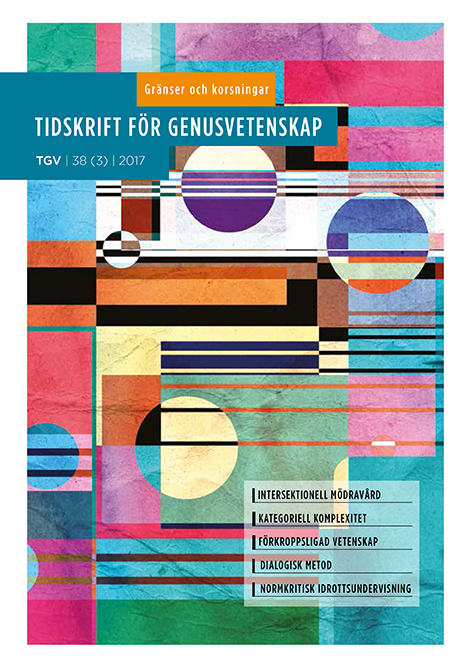Drottningens kropp och vetenskapens pris
DOI:
https://doi.org/10.55870/tgv.v38i3.2911Nyckelord:
Nobelpriset, television, den svenska drottningen, vetenskap, nation, klass, genusAbstract
This article investigates the relation between science and nation, class and gender respectively in the televised Nobel Banquet. The purpose is to show how different power structures intersect at political, cultural and social levels. The body of the Swedish Queen is used as a lens in order to analyse intersectional power dimensions. Drawing on cultural studies, media studies, and gender studies, this article examines the mediated persona of the Queen in the televised Nobel Banquet via contextualised textual analysis. The televised Nobel Banquet, like the awards ceremony preceding it, provides representations of both science and a social elite. But not all representatives of the Swedish elite equally attract the gazes of the cameras: the focus of attention is in particular on the Swedish queen, who since her Nobel debut in 1976 has received more TV time than anyone else – male or female, scientist or not, from the banquet. How is her body represented in the televised Nobel Banquet? And what are the consequences of these representations for the image of science? The analysis shows that the body of the Queen signifies that ideal femininity, heterosexuality, class affiliation, and nationality are important and normative factors in the discourse of science; its findings destabilise notions of objectivity and neutrality. In the televised Nobel Banquet, her body is a symbol of the aspired status of science, representing its desire to belong among the heterosexual and white elites as well as an acknowledgement of a traditional, ideal femininity.
Nedladdningar
Downloads
Publicerad
Nummer
Sektion
Licens
Författaren/författarna behåller copyright till verket.





